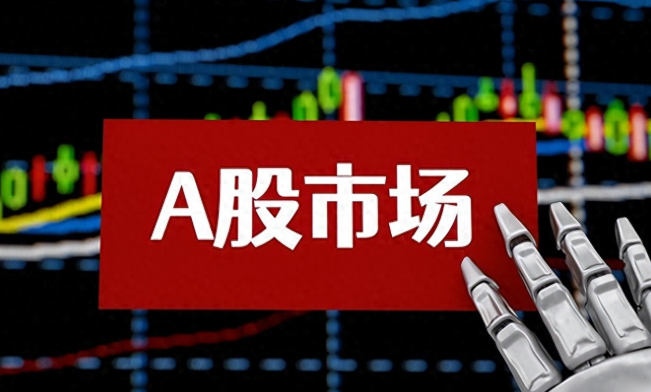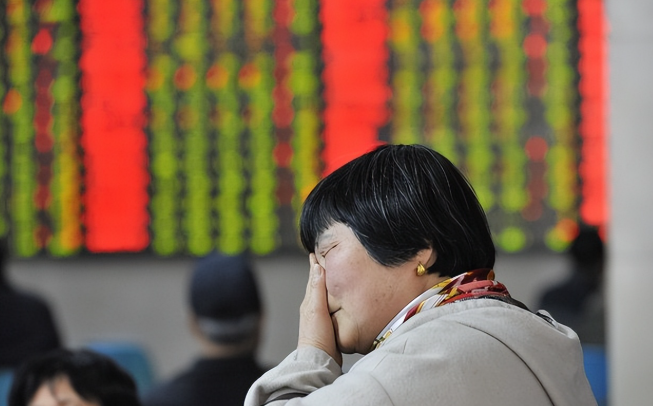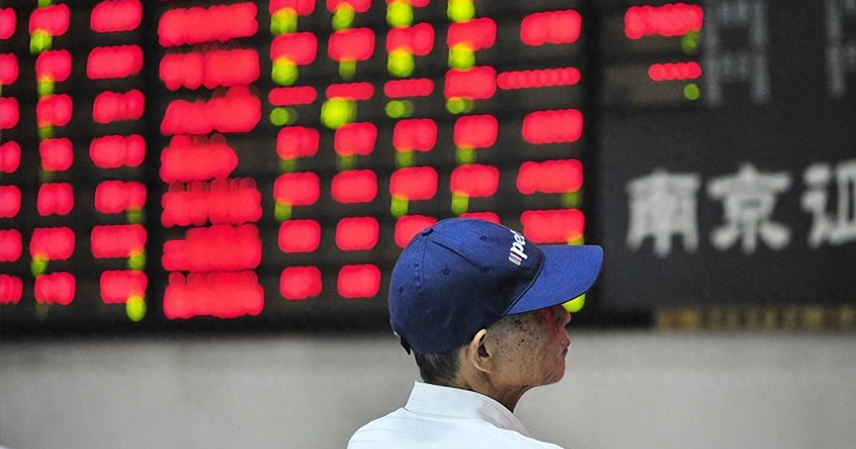Today’s A-share market was nothing short of dismal. The three major indexes collectively plunged, and the Microcap Index fell more than 3%, causing widespread panic. More than 4,000 stocks tumbled in unison, especially the high-flyers that had been heavily speculated on in recent weeks. Seeing such across-the-board declines, many investors instinctively wondered: Could this be another V-shaped rebound? After all, recent market behavior had trained us to expect mysterious support funds swooping in after sharp drops.
But today was different. The index continued to sink, and those waiting to bottom-fish grew anxious—yet no rescue funds appeared. This abnormal move revealed a classic psychological battle by major capital, creating the illusion of “a drop followed by a rebound,” only to break the pattern and catch traders off guard.

What’s more concerning is that domestic institutional outflows exceeded 100 billion yuan today, setting a recent record. Such a massive withdrawal reflects cautious sentiment amid year-end portfolio adjustments and policy uncertainties. So why are funds exiting, and where might A-shares head tomorrow?
01 Did Banks Rise at the Expense of Tech?
Today, the banking sector suddenly rallied, while tech stocks slumped. Many were quick to blame banks for dragging down tech, but perhaps the cause-and-effect is reversed.
It’s possible that capital had already planned to unload tech stocks, and in order to stabilize sentiment, state-backed funds lifted bank shares to cushion the index. Without that support, the plunge might have been even worse.
CPO concept stocks illustrated the drama: surging to new highs in the morning, then smashed down in a blatant display of profit-taking. Main forces showed no attempt to disguise their exits, leaving retail investors trapped at the top.

The outflow numbers are alarming: over 100 billion yuan in net institutional outflows by midday. Such persistent, large-scale selling is often a signal of an impending correction phase.
In essence, the divergence stems from sector rotation. Banks, with low valuations and high dividends, serve as safe havens, while tech—already pricey after its rally—was ripe for profit-taking. But the sharp style switch left many investors blindsided.
02 Is Today’s Heavy-Volume Selloff a Buying Opportunity?
Volume expanded significantly, yet the index fell. Many ask: is this the time to “board the train in reverse”?
History warns otherwise. Each time A-shares experienced broad declines with surging volume, it often meant capital was exiting en masse, not quietly accumulating. The repeated failure around 3900 points has created a supply overhang—too much trapped capital, like “carrying a heavy load uphill.”
Some optimists hope each pullback is a chance to buy. But in reality, it resembles the “wolf is coming” game: rallies luring in latecomers, only for big players to dump.
With holidays approaching, meaningful trading opportunities seem scarce. Relying on a post-holiday rebound is more of a gamble than a strategy. In a market defined by uncertainty, living in the present and adapting daily is far more practical than betting on distant hopes.

03 Outlook: Rationality and Caution Above All
Recent warnings of risk proved prescient. As expected, the index broke below 3800, and though some funds tried to support it, the rebound power is clearly waning. Unlike earlier sharp drops that quickly reversed, this time the index has lingered below the 20-day moving average with weaker and weaker bounces.
From a technical perspective, signals are troubling: Bollinger Bands show fragile support, and momentum indicators like KDJ flipped into oversold, suggesting at least several more days of weakness before a short-term bottom forms.
Investors are torn between fear of losses and fear of missing rebounds. But remember: opportunities never disappear—discipline and patience do. Survival depends on risk control. Limiting positions to below 30% or even staying on the sidelines may be the wisest choice.

Above all, beware of high-flying stocks with obvious distribution patterns. Retail investors, always slower on information, should avoid becoming the “last holder of the baton.”
While sentiment is gloomy, panic is unnecessary. Sharp drops often bring technical rebounds, but these will likely be weak. The best move before holidays is restraint. In an unclear market maze, staying put is safer than running blindly.



